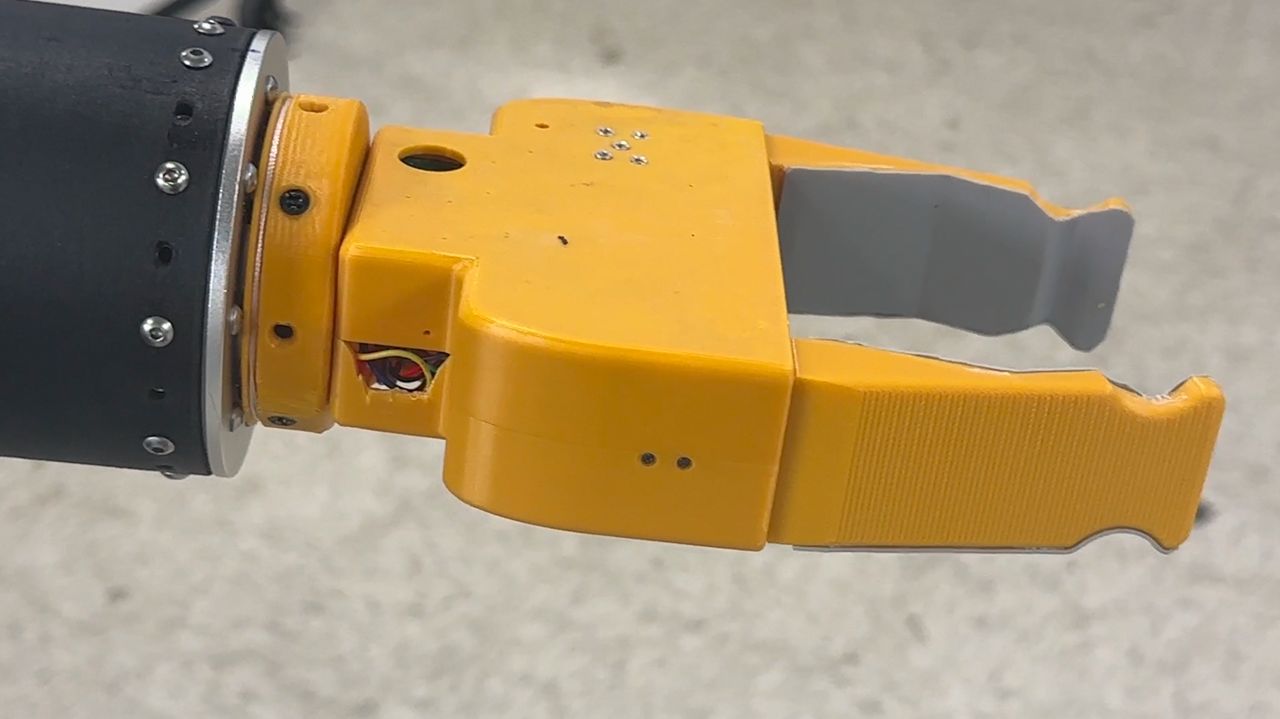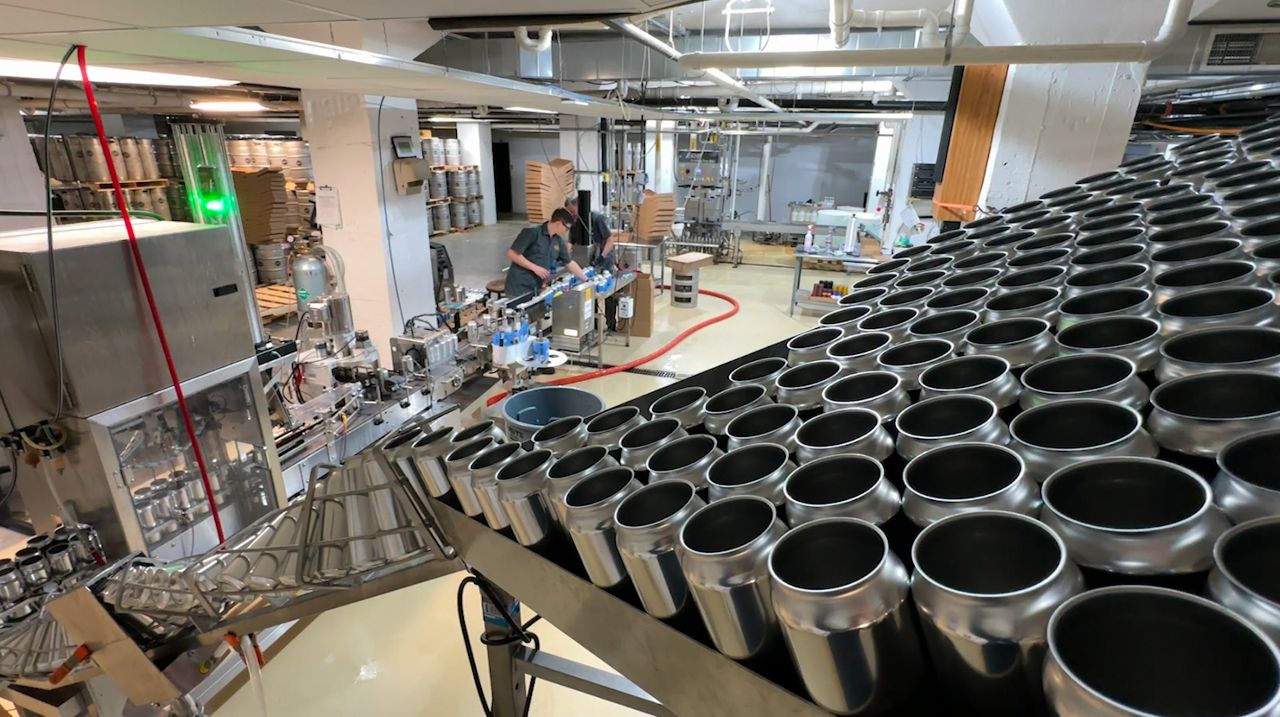MILWAUKEE — University of Wisconsin-Milwaukee researchers are making a difference for the disabled. They’re working on a device to increase their mobility.
Samiul Haque Sunny fires up the wheelchair with a robotic arm. He is a research assistant at the university’s Robotics Lab.
“I’m trying to grab something to eat and I will transfer it to another person at home,” said Sunny.
Over the last four years, he and several other research assistants studying Biomedical Informatics, Computer Science, Mechanical Engineering and Electrical Engineering have been working on this project.
Sunny said this is about providing daily assistance for those with disabilities.
“If they are left for a longer time without food and drink, and they suffer from dehydration or even an infection or other diseases, sometimes they fall and overall, it’s a poor quality of life," said Sunny.
Marquette PhD student Ishrak Zarif showed off the how device can be used to pick up a remote off the floor. Zarif said they designed this so anyone can control it.

“We can move the robot using the wheelchair’s joystick and use our custom keypad.” said Zarif. “Those people who can’t move their head, they can only use their eyes to control the robot and we have another state of control where people can use their chin as well as the robot as well as the wheelchair.”
Nayan Banik has also helped program safety features that prevent the robotic arm from hurting the user.
“People with disability, they don’t have those same movements so that’s why we put the safety features in built with the wheelchair in mind and the surroundings so that safety can be ensured in all of the scenarios,” said Banik.
This research was partly funded with a grant from the National Institute of Disability, Independent Living and Rehabilitation Research.
“UWM has been leading in this research because we have been working with people with disabilities,” said UWM Biorobotics Lab Director Habib Rahman. “One of our big goals is work with participants to give them rehab exercises, so based on our previous stories, we are motivated to help individuals that are in need.”
Sunny said he looks forward to testing the product this summer with actual patients.
“Those who will benefit most from this solution are the power wheelchair users with limited upwardly motions, so for example, living with strokes, spinal cord injury and multiple sclerosis patients,” said Sunny.
Researchers said their goal is to provide more independence for those with disabilities.










